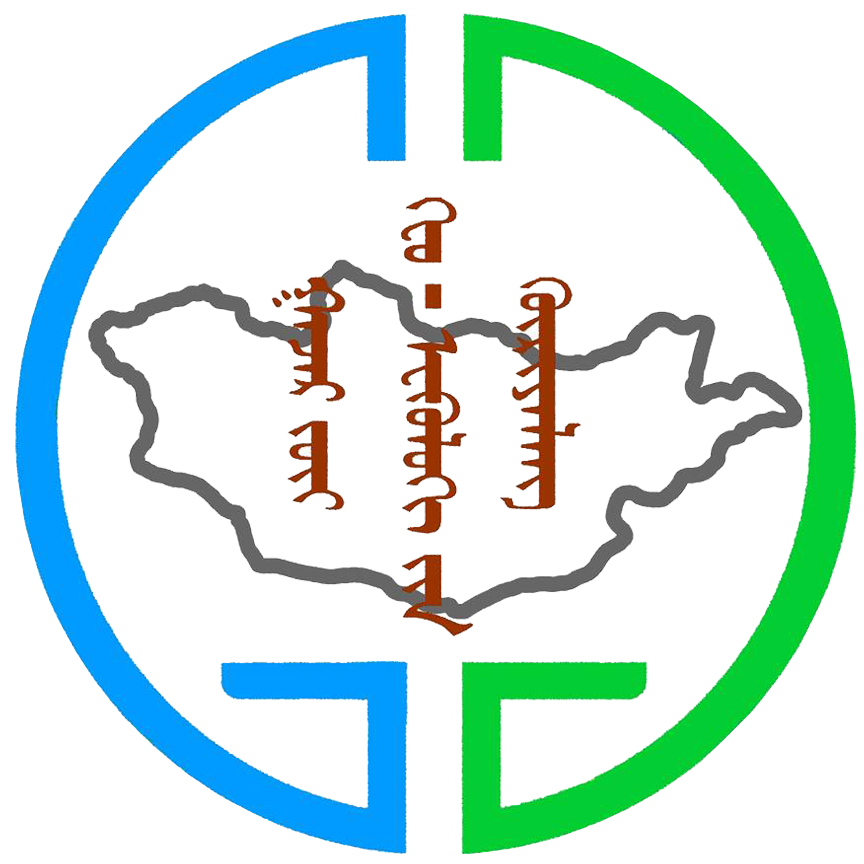Aridity is a major indicator for defining the area of land that is prone to drought, land degradation, and desertification. The
present research explores spatiotemporal variations of aridity using four different equations: (1) de Martonne aridity index
(IDM); (2) Thornthwaite aridity index (AI); (3) moisture coefficient by V. I. Mezentsev (MI) and (4) Hydrothermal coefficient
by Selyaninov (HTC) over Mongolia based on the primary climatic data from 70 different stations in Mongolia for the last
55 years (1961–2015). Utilizing these data using RegCM4-HadGEM climate change scenario, this study explores how the
aridity level is likely to change in the future. The results showed that the total area of drylands (i.e., hyper-arid, arid, semi-arid
and sub-humid regions) determined by IDM, MI, AI and HTC is approximately 64.1%, 70.7%, 85%, and 98%, respectively.
Out of the four aridity indices considered, the metrics defined by AI and MI showed high correlation with the NDVI derived
dryland regions. Time series analysis of AI and MI both showed a decreasing tendency for the period of 1961–2015. In the
central and the northeastern regions in Mongolia, significantly decreasing trends in the aridity indices were observed. With
respect to the stations with significantly decreasing trends in aridity, the relative changes of the aridity index magnitude varied
between 14% and 74%. The aridity index calculated using climate change scenarios also indicated that the aridity level is
likely to increase in the twenty-first century in the central part of Mongolia, whilst the extra arid areas will stable. The study
has implications for water resources management, agriculture and social and economic life of the people of Mongolia and
the other regions globally where aridity presents a significant challenge for decision makers.
